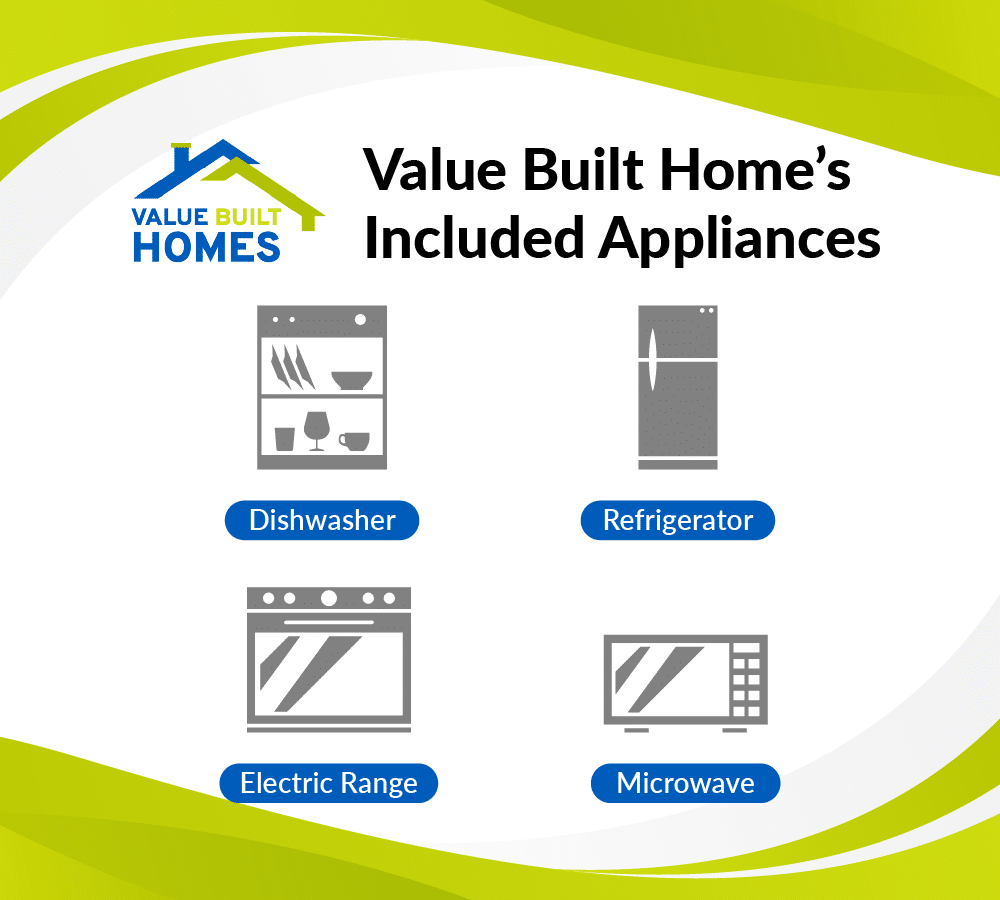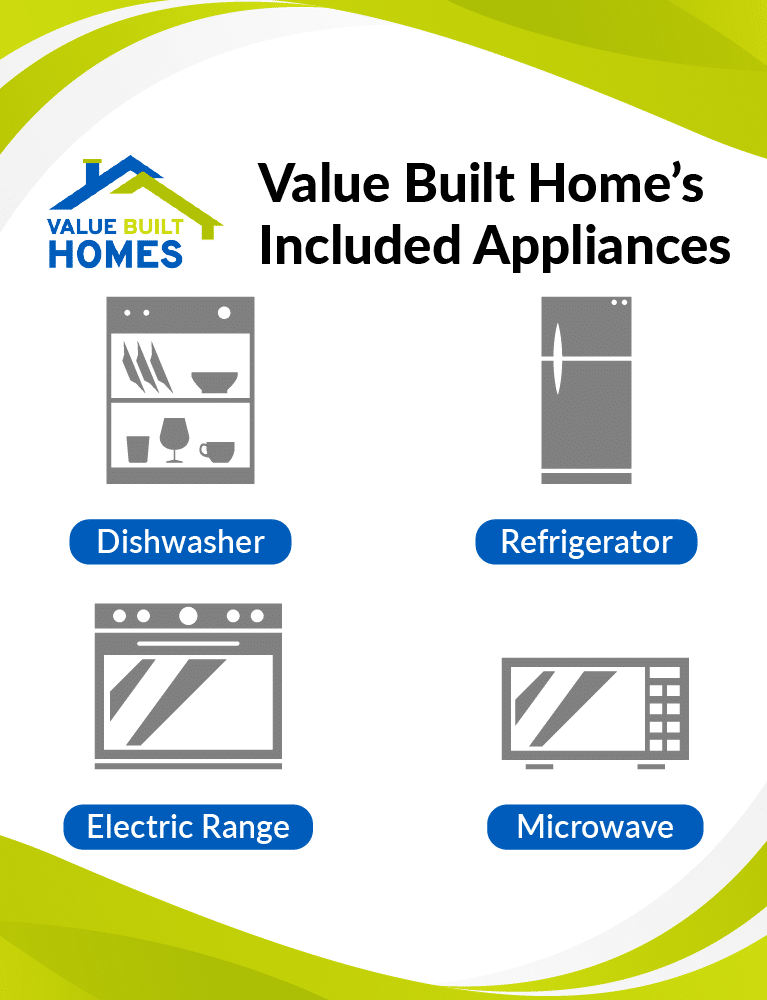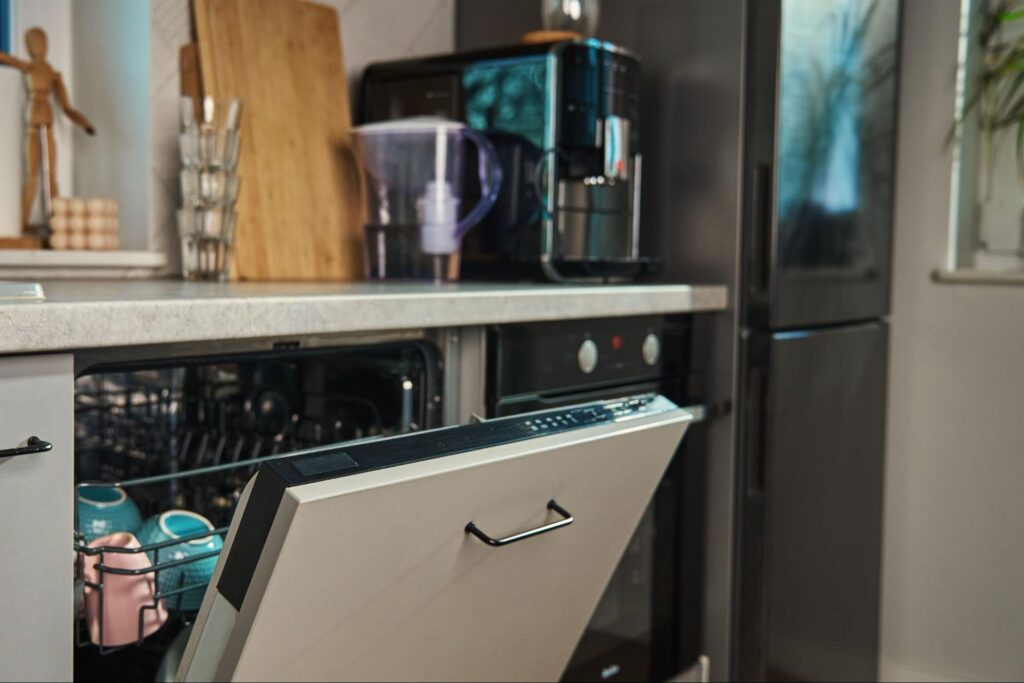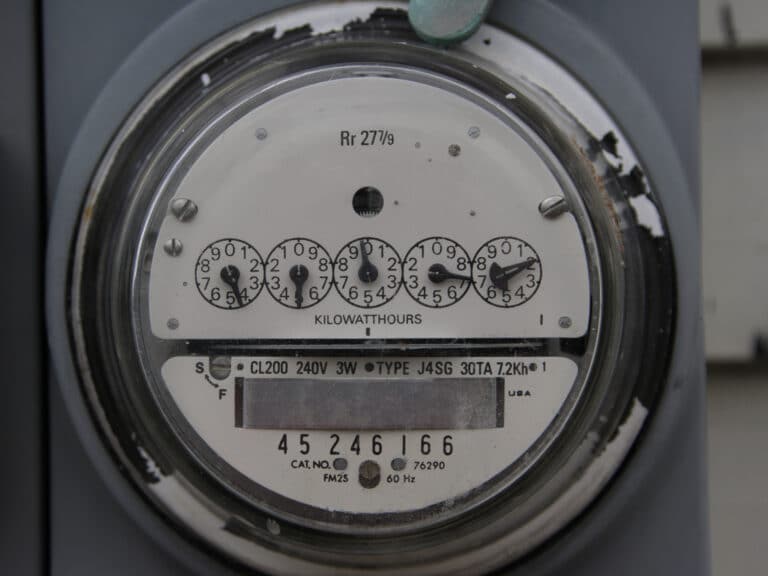Purchasing a new house is an exciting milestone.
In this article, we explore appliance inclusion in new construction houses. We discuss what builders typically provide, which appliances might be excluded, and how these details influence your budgeting and overall home-buying experience. We also look at how energy efficiency can complement your appliance choices and contribute to lower utility costs, aligning with broader trends toward sustainable construction.
Whether you’re a first-time buyer or a seasoned homeowner, understanding appliance inclusion can make your transition smoother and more cost-effective. Learn how knowing what’s included—and what optional upgrades may be available—can help you settle into a home that meets your needs and lifestyle.
Understanding Appliance Inclusion in New Construction Homes
Appliance inclusion refers to the appliances provided by a builder as part of a new home’s purchase agreement. Typically, this includes essential kitchen fixtures such as a stove or oven, while other appliances may be offered as optional upgrades. For prospective homebuyers in Indiana being aware of these specifics is vital for proper planning and budgeting.
Having clear information on which appliances come with your new build enables you to manage both your finances and your timeline. For instance, if your builder confirms that a range and dishwasher are part of the package, you can allocate your budget toward other essentials, like a refrigerator or washer and dryer. This clarity helps reduce the stress associated with moving into a new home while giving you greater control over your immediate and long-term expenses.
Local factors can significantly affect appliance availability and cost. In some regions, certain appliances are standard in new construction, whereas in other areas, buyers may need to purchase them separately. Many builders strive to provide as much clarity as possible regarding included appliances and optional upgrades from the very start, a practice that, while common, can vary by builder.
Understanding appliance inclusion also helps you personalize your new home. Some buyers are interested in integrating advanced technology or high-end finishes, which may require specialized installation—knowing what the builder covers allows you to invest thoughtfully in upgrades.
Common Appliances Typically Included
Most builders include a few key kitchen appliances to ensure that daily functions are immediately met. Typically, this package includes:
- A stove or range (combining an oven and cooktop)
- A built-in microwave
- A dishwasher
These fundamental items help you avoid extra initial expenditures and allow you to start cooking and cleaning right away. This setup is especially beneficial for first-time buyers who may not yet own large appliances. By choosing to include these essentials, builders help maintain your post-move-in budget for other important household items—like furniture or lawn-care equipment—while offering a comfortable, ready-to-use home environment.
For those interested in current efficiency standards for major kitchen appliances, the ENERGY STAR Refrigerators & Freezers Key Product Criteria overview is an excellent resource. Although refrigerators are not always included, understanding efficiency benchmarks can help you anticipate energy costs and long-term savings.
At many builders, common inclusions reflect a commitment to balancing affordability and functionality. By confirming appliance details early in the process, clients are better prepared to decide on potential additional upgrades. Many builders provide clear, though sometimes varying, details about which appliances are standard and which are available as upgrades.
Appliances That May Not Be Included
Despite standard offerings, some appliances are frequently excluded from the basic package:
- Refrigerators
- Washers and dryers
- Ceiling fans or specialized cooling systems
- Optional beverage coolers or secondary ice makers
These exclusions generally depend on the builder’s policies, available upgrade options, and the local market. Purchasing these items separately might initially appear inconvenient, yet it allows you the freedom to choose models that best align with your personal style and technological preferences.
For example, many homeowners prefer to coordinate the design of their refrigerator with other kitchen appliances. When given the option to purchase separately, you can customize your choices. Before exploring various brands, consult comprehensive resources to compare features, warranties, and performance ratings. This ensures the appliance you choose aligns with your standards for functionality, aesthetics, and energy consumption.
In some markets, regional trends influence standard inclusions. In Indiana, for instance, it is more typical for buyers to choose their own washer and dryer after the home is complete, although package deals may sometimes be negotiated.
Value Built Homes Appliance Inclusions


At Value Built Homes, we strive to go beyond the standard, providing a more complete package so you can move in and start living without immediate major purchases and installations. We believe a truly move-in ready home includes essential appliances and efficient systems.
Here’s a look at the comprehensive list of key inclusions designed for your convenience and comfort.
A Complete Kitchen Package
The heart of your home comes equipped with the major appliances you need from day one. This includes a convenient dishwasher to handle clean-up, a spacious stainless steel refrigerator for all your groceries, and an electric range featuring a coil cooktop and a helpful self-cleaning oven function. An over-the-range microwave is also provided, combining cooking convenience with necessary ventilation.
By including these significant standard appliances and systems Value Built Homes provides exceptional value. It means less stress and fewer major expenses for you right after closing, contributing to a smoother transition and helping you save on energy costs down the road. It’s just another way we build value into every home.
Budgeting for Additional Costs
Preparing for extra appliance expenses is an important part of settling into a new construction home. Whether you need a washing machine or clothes dryer, set a financial plan to avoid unexpected costs.
In addition to reserving funds, consider taking advantage of seasonal sales, holiday promotions, or bulk-purchase discounts from appliance retailers. Some big-box stores offer special deals for new homeowners, bundling appliances at reduced prices, and manufacturer rebates on energy-efficient models can further reduce your initial outlay and monthly utility bills.
Another useful consideration is to adopt energy-saving habits. Occasionally, builders may partner with appliance manufacturers to offer specific packages or cost benefits, easing some of the initial financial pressure while promoting sustainable home practices.
Factors That Influence Appliance Inclusion
Several factors determine which appliances are included in a new home:
- Builder policies and business models
- Regional consumer expectations and market norms
- Local market conditions and pricing strategies
- Buyer preferences and budget constraints
Some builders opt for a standardized set of appliances to simplify procurement and construction processes, while others offer tiered upgrade packages for buyers seeking a more customized or high-end experience. Regional trends, such as local preferences for gas ranges over electric cooktops, can further affect whether appliances are standard or optional.
Furthermore, builder feedback and market research can lead to adjustments in appliance offerings over time. For example, if a particular area shows strong buyer interest in built-in microwaves, a builder might begin routinely including them. Conversely, less frequently requested features might remain optional upgrades.
Benefits of Knowing Appliance Inclusion Early
Having clear expectations about appliance inclusion is key to a smoother transition. Early clarity helps you:
- Allocate funds efficiently and avoid surprise costs at closing.
- Decide whether to invest in energy-efficient upgrades.
- Prevent redundant purchases and control overall expenses.
For buyers considering specific lots or move-in timelines, knowing exactly which appliances are provided lets you plan your schedule to ensure that your new home is fully functional when you move in. Detailed appliance information also facilitates managing warranties and maintenance schedules. If certain appliances are installed by the builder, repairs and maintenance might be covered under warranty for a set period, allowing you time to register products and plan for any service needs.
Energy Efficiency: A Smart Choice for Home Appliances
Modern homebuyers increasingly value energy-efficient features. Energy-efficient appliances not only help reduce utility bills but also lessen your environmental impact. For instance, ENERGY STAR® products meet strict efficiency criteria that help conserve energy and minimize expenses.
Some builders, especially those focusing on affordability and sustainability, may integrate energy-savvy construction techniques. While specific claims about individual builders should be interpreted generally, industry practices include employing methods such as enhanced insulation, high-quality windows, and efficient ventilation systems. Using energy-efficient appliances, like ENERGY STAR-certified washers and dryers, can accrue significant long-term savings and appeal to eco-conscious homeowners.
Moreover, energy-efficient methods often align with trends in simplified, low-cost construction. A well-built home paired with efficient appliances can reduce both energy usage and long-term maintenance costs, extending the lifespan of your equipment and enhancing your overall home value.
Tips for Confirming Appliance Inclusions
Request a Detailed List
Ask your builder for a comprehensive list of included appliances, specifying brands, models, and any special features. Many builders provide these details during early design discussions, which allows you to research models in advance and decide if any upgrades are necessary.
Explore Upgrade Options
If you prefer specialized appliances—such as advanced stovetops or high-tech dishwashers—discuss premium or custom packages with your builder. Often, upgrading to energy-efficient models is available for an additional fee, helping to manage long-term costs while enhancing quality.
Review Your Contract
Carefully examine your purchase agreement for specifications regarding what is included. Look for precise listings of model numbers, colors, and functionalities. If any language is ambiguous, request clarification to prevent misunderstandings later.
Communicate Your Preferences Early
If you have specific requirements—for instance, preferring gas over electric appliances—discuss these during the design phase. Early communication can allow your builder to accommodate adjustments in construction plans.
Verify Before Finalization
As your home nears completion, double-check that all installations match the initial agreement. Address any discrepancies immediately with your builder to ensure a seamless transition and avoid any surprises on move-in day.
Final Steps for Preparing Your Home with the Right Appliances
After confirming which appliances come with the builder, develop a clear plan for any additional purchases:
- Measure the allocated spaces accurately, especially if considering larger or uniquely sized appliances.
- Confirm all required connections (electrical, water, or gas) are in place for your chosen models.
- Set a realistic budget and be on the lookout for sales and promotions that might ease the financial burden.
Coordinating delivery with your builder’s timeline is crucial. For example, if your home is nearly finished but you haven’t arranged for your washer’s delivery, you could face inconveniences dirty laundry—so plan logistics carefully. Bundled purchases might also yield manufacturer rebates and additional savings.
Some homeowners prefer to stagger the acquisition of optional appliances, buying essential items immediately while delaying others. This strategy not only allows flexibility but also helps manage evolving needs and budgets over time.
Equipping Your Dream Home
Understanding appliance inclusion is more than ticking off a list of home features—it directly influences your budget, move-in process, and long-term comfort. Clear expectations help you avoid overspending and tailor your appliance purchases to your lifestyle, reducing common pitfalls in new home buying.
While many builders aim for transparent communication regarding included appliances and optional upgrades, specifics can vary from one builder to another. Similarly, although energy-efficient construction methods are commonly employed in modern building practices, claims about any particular builder should be viewed in a general industry context. Educating yourself early ensures that you have the right information to make confident decisions and create a home that meets your vision, budget, and sustainability goals.
If you’re ready to explore how a new construction home can offer both affordability and energy efficiency, contact the Value Built Homes team or review their offerings firsthand. With the right information early on, you can confidently choose a home—and the accompanying appliances—that perfectly aligns with your long-term goals.




